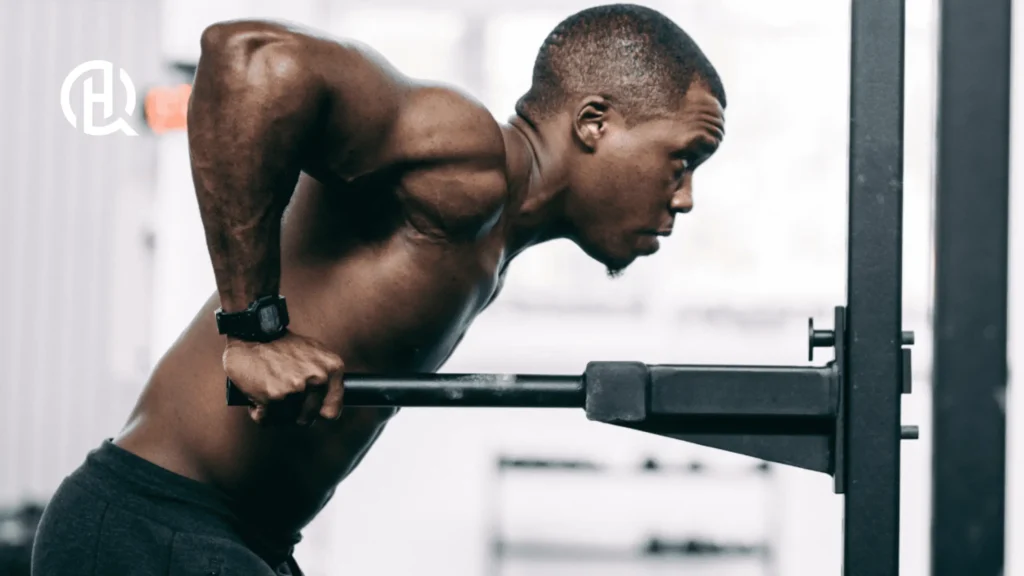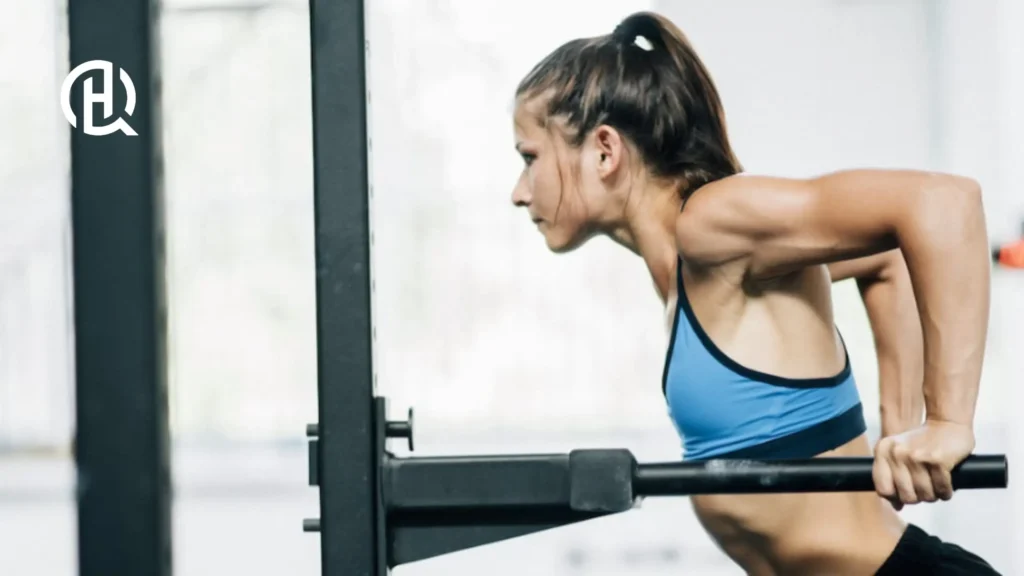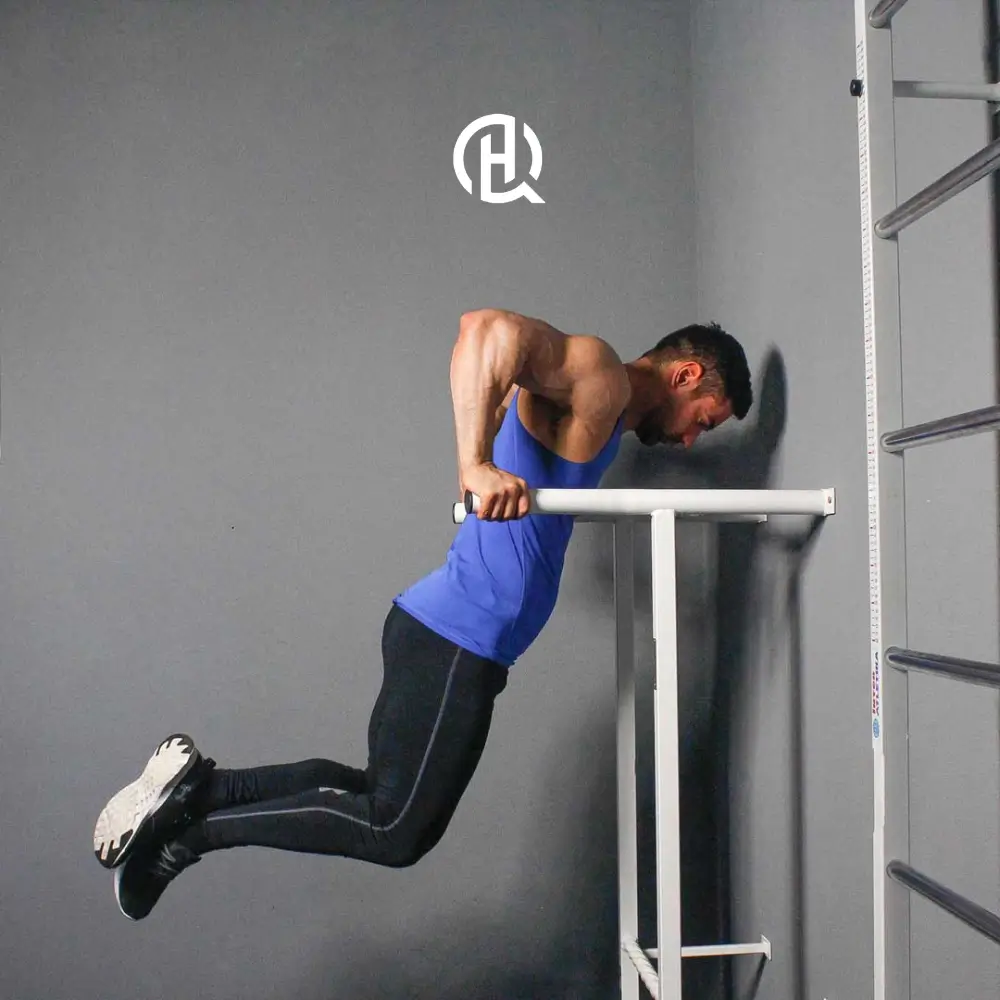

Want to get stronger, leaner, and take your fitness to the next level? Explore our workout programs now!
Looking to build a bigger chest or carve out serious triceps definition? The parallel bar dips is one of the most effective bodyweight exercises for upper-body strength and development and it deserves a permanent spot in your training arsenal. The effectiveness of this exercise lies in the angle of your torso: leaning forward places more emphasis on the chest, while staying upright shifts the focus toward the triceps. Even a small change in position can noticeably alter which muscles are most engaged.
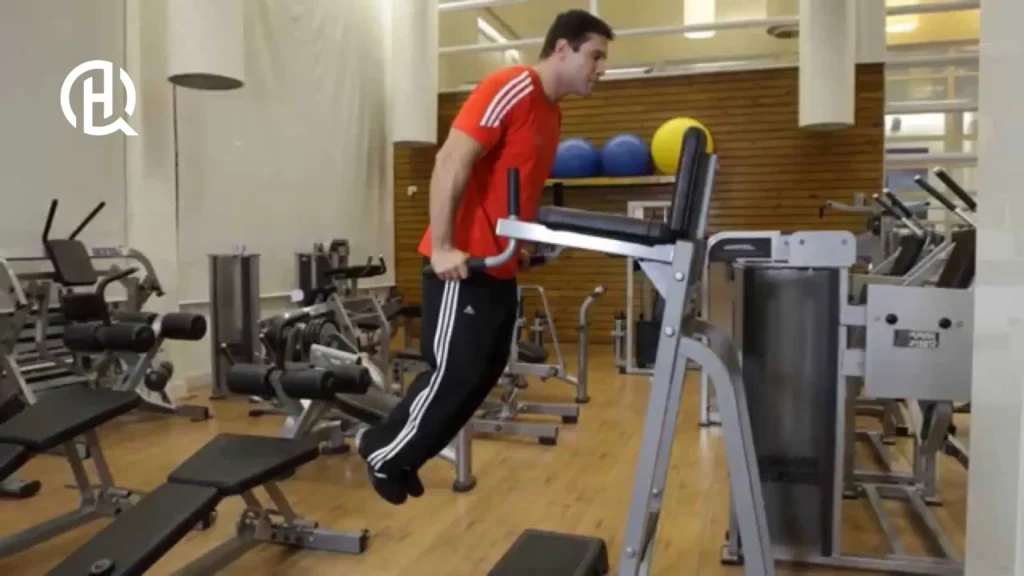
This compound move not only builds muscle, but it tests your control, stability and range of motion. It trains several muscle groups in unison while allowing you to alter the emphasis based on your goal. Whether you’re after a bigger set of pecs, stronger arms, or just a more athletic-looking physique overall, dips will help you get there.
In this guide, we’re going to walk you through how to perform both the chest-oriented and triceps-oriented versions of the parallel bar dip, describe common mistakes, and provide pro tips to help you maximize every single rep.
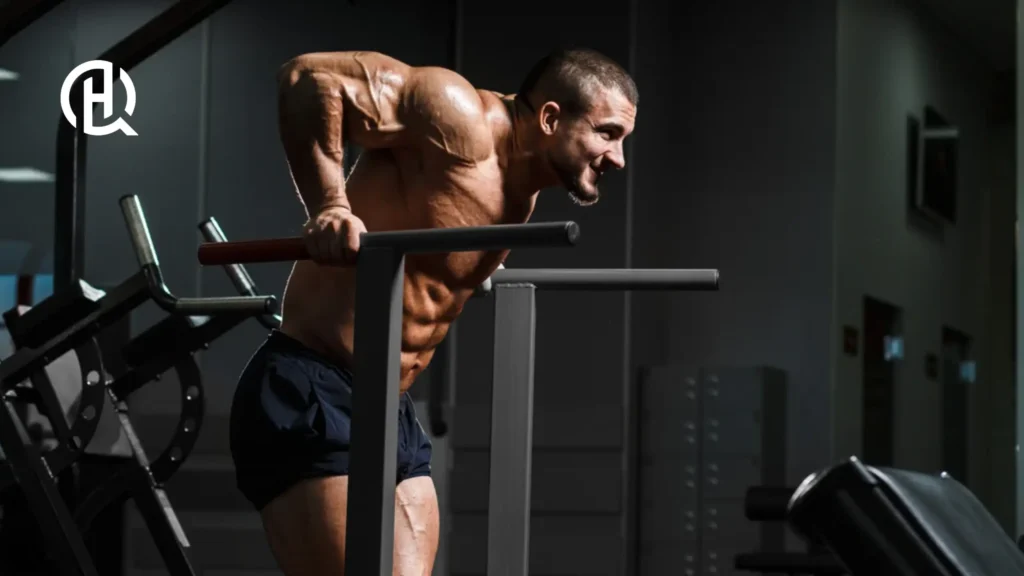
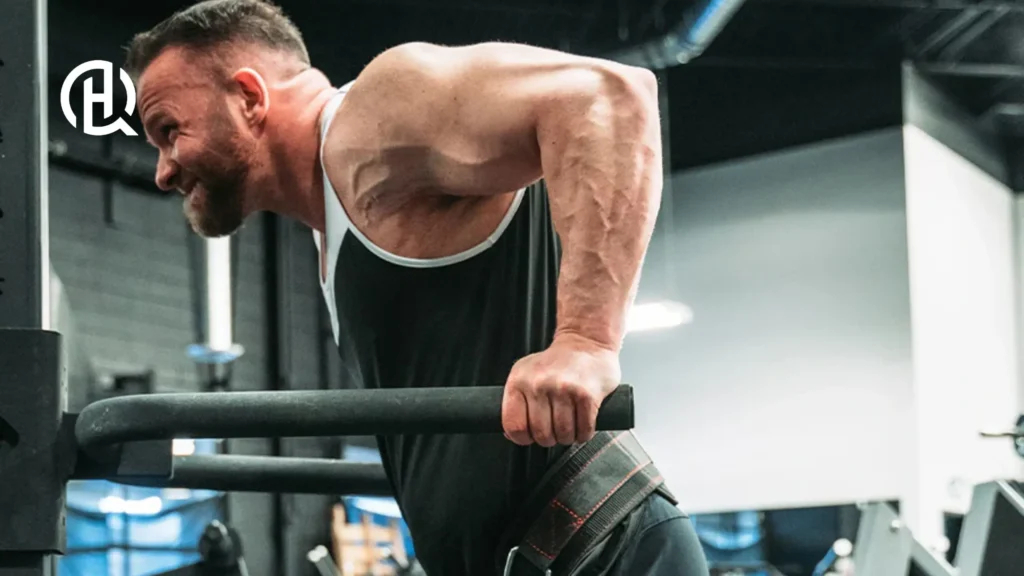
Bonus Benefit: You can easily apply progressive overload to dips over time without having to buy new gear, since you can change up your angle to target different muscles. To maintain a high challenge as you get stronger, you can add reps, slow down the tempo or add external weight.
